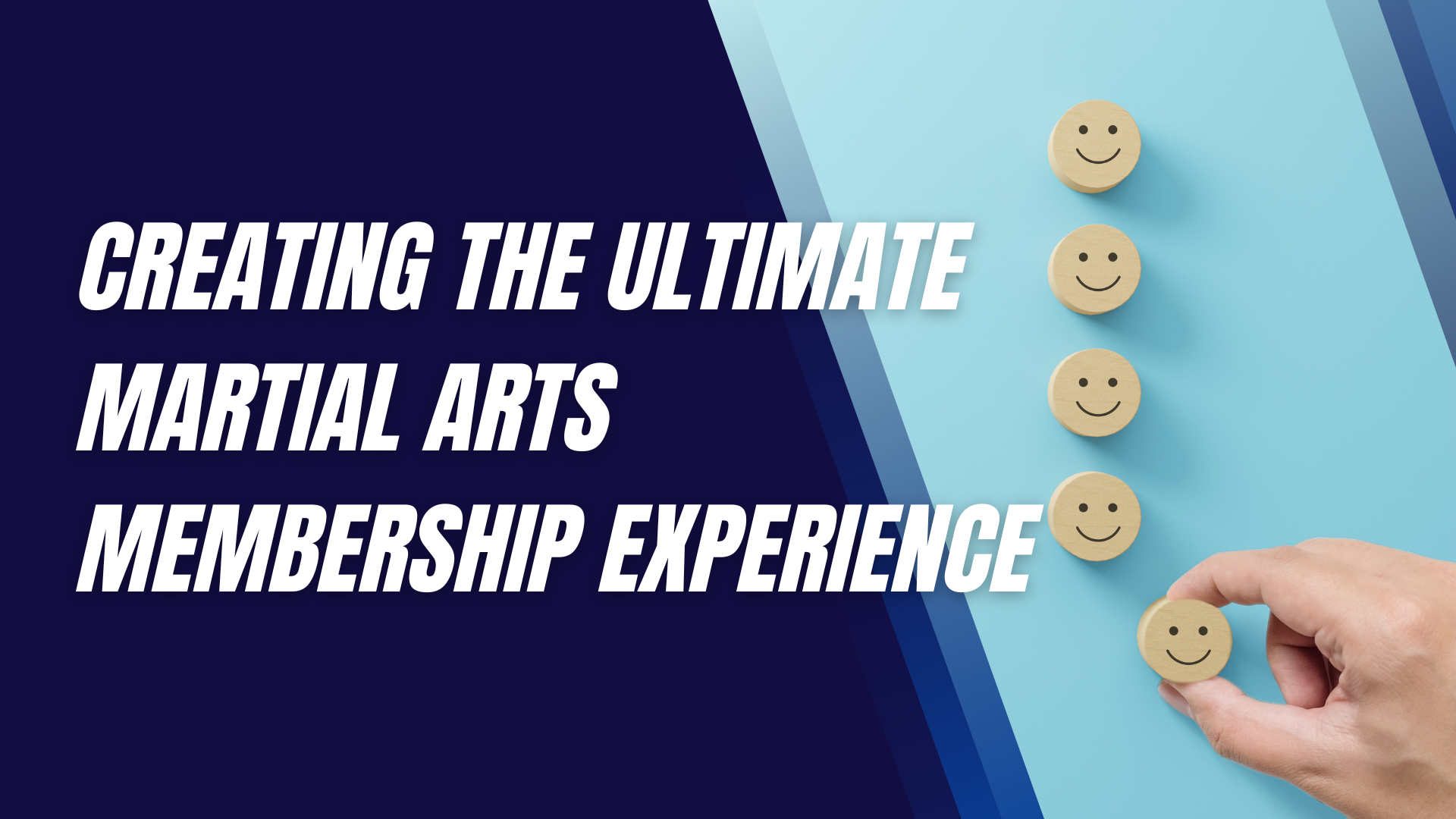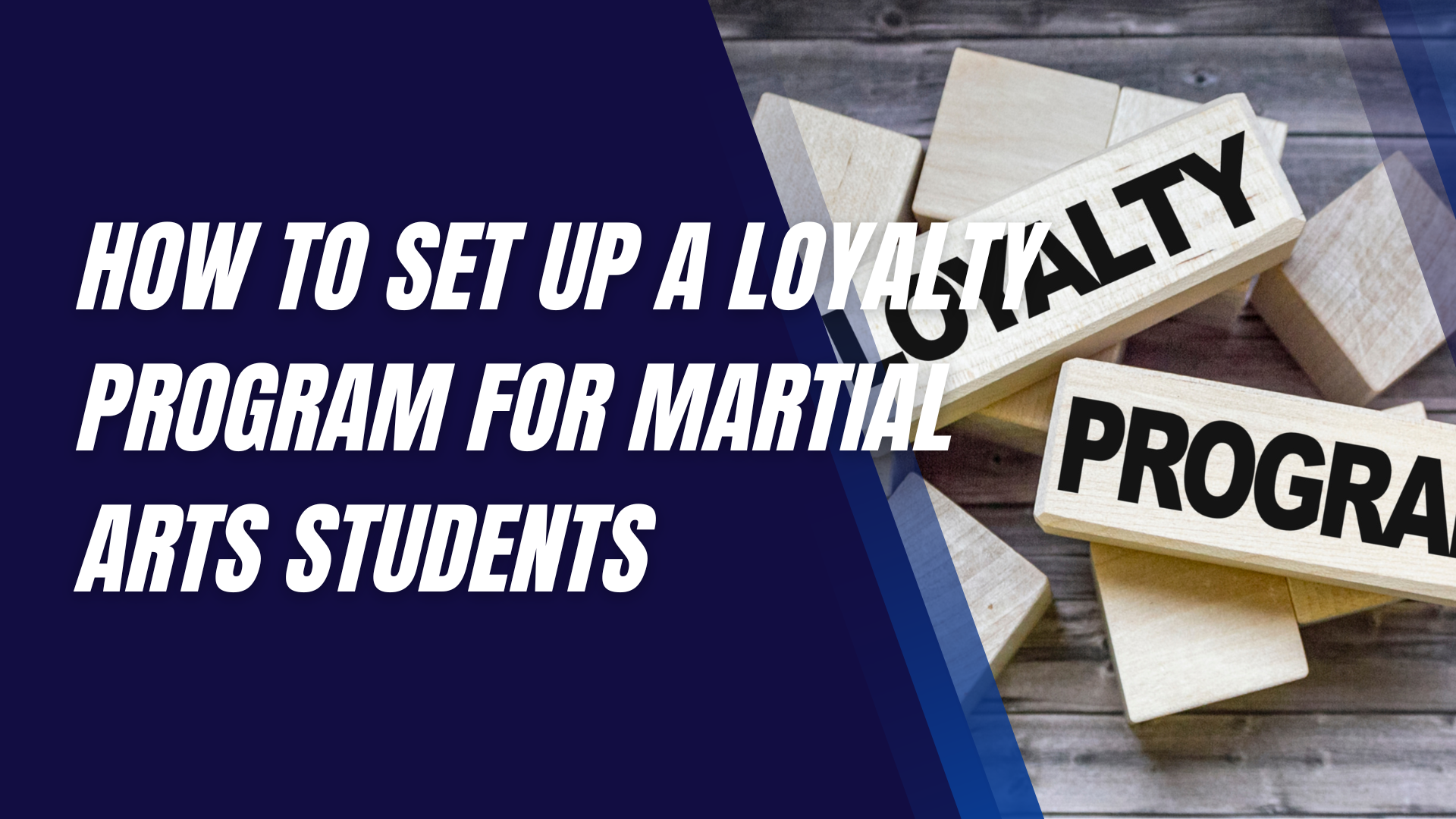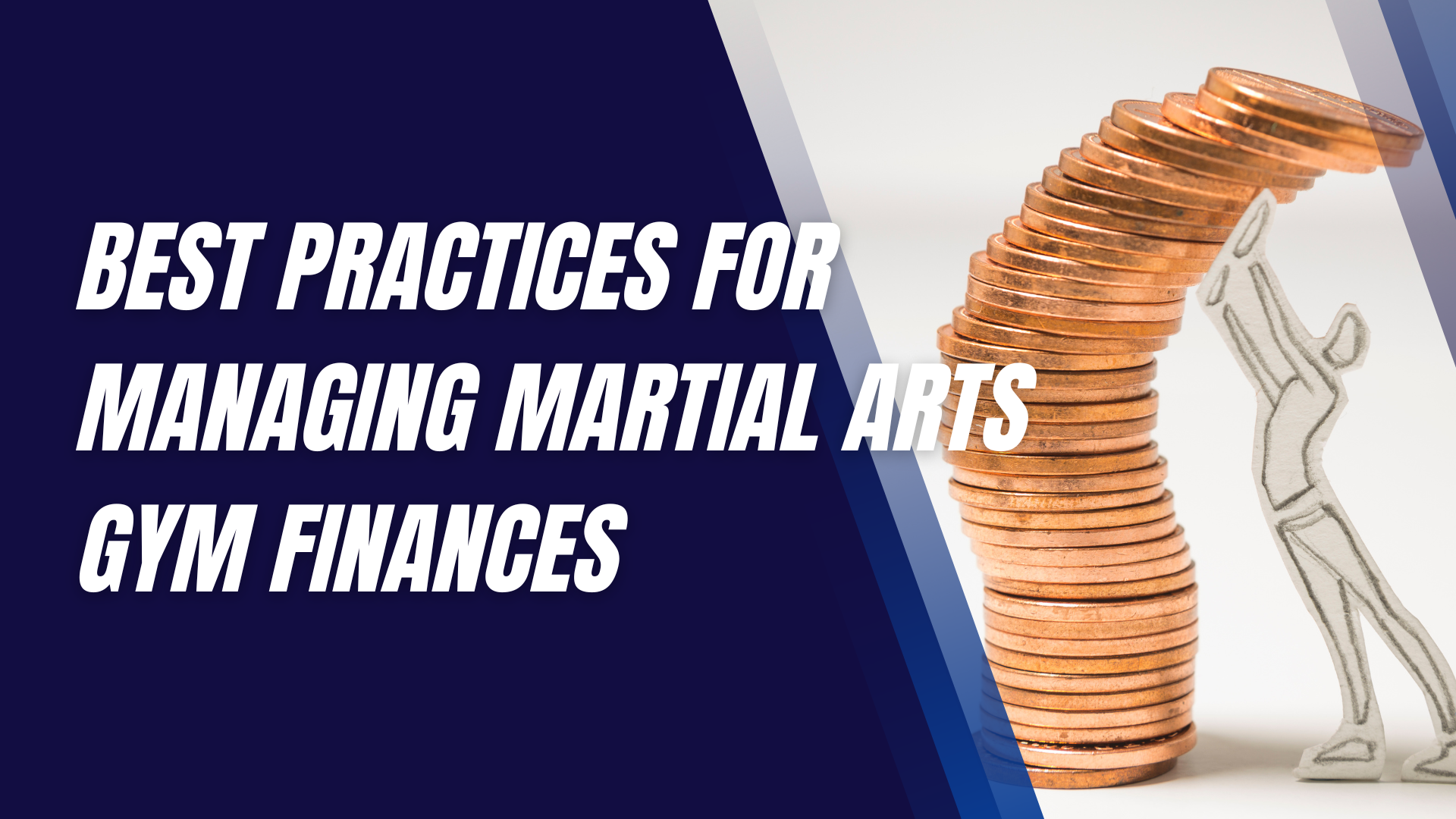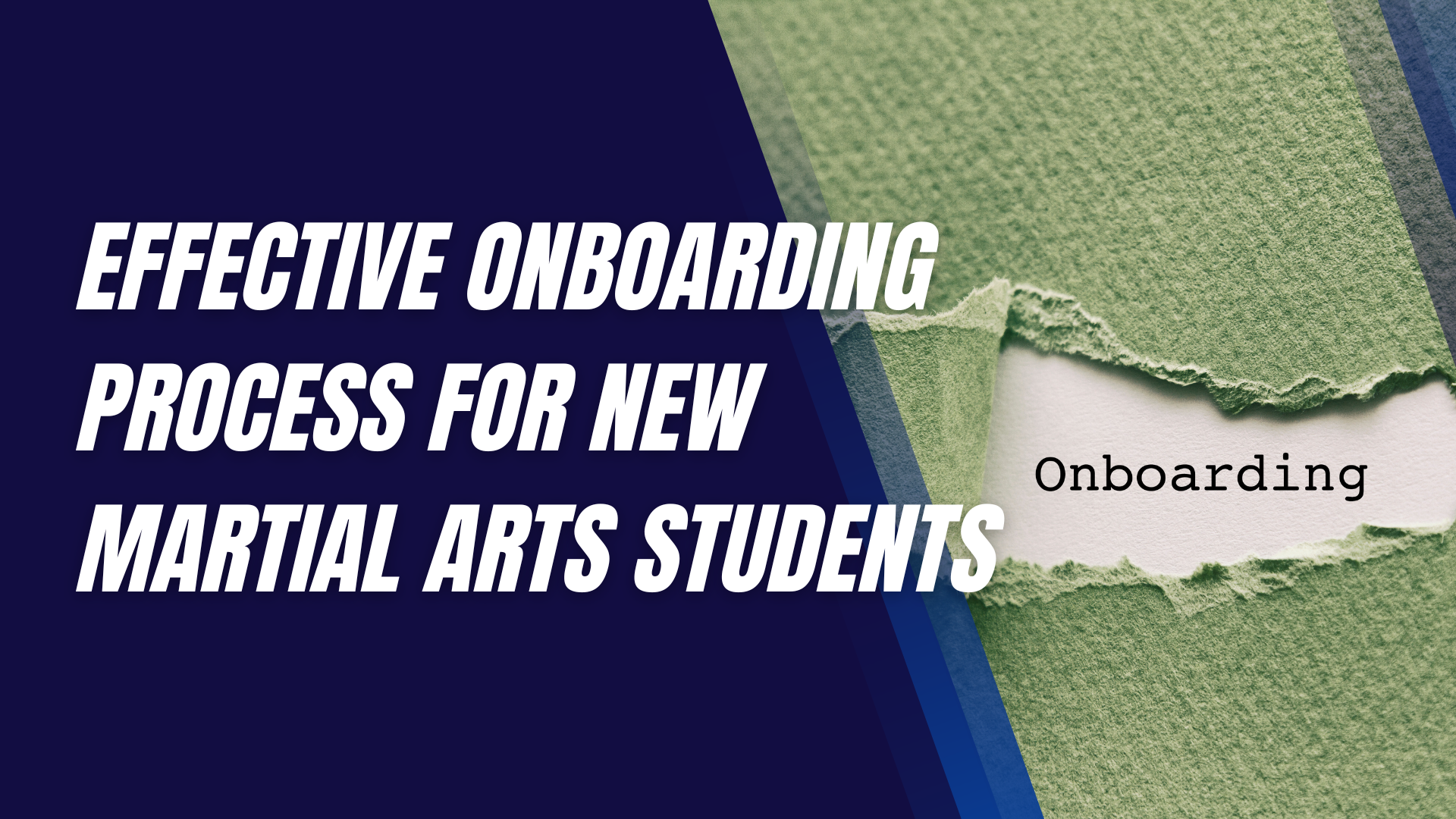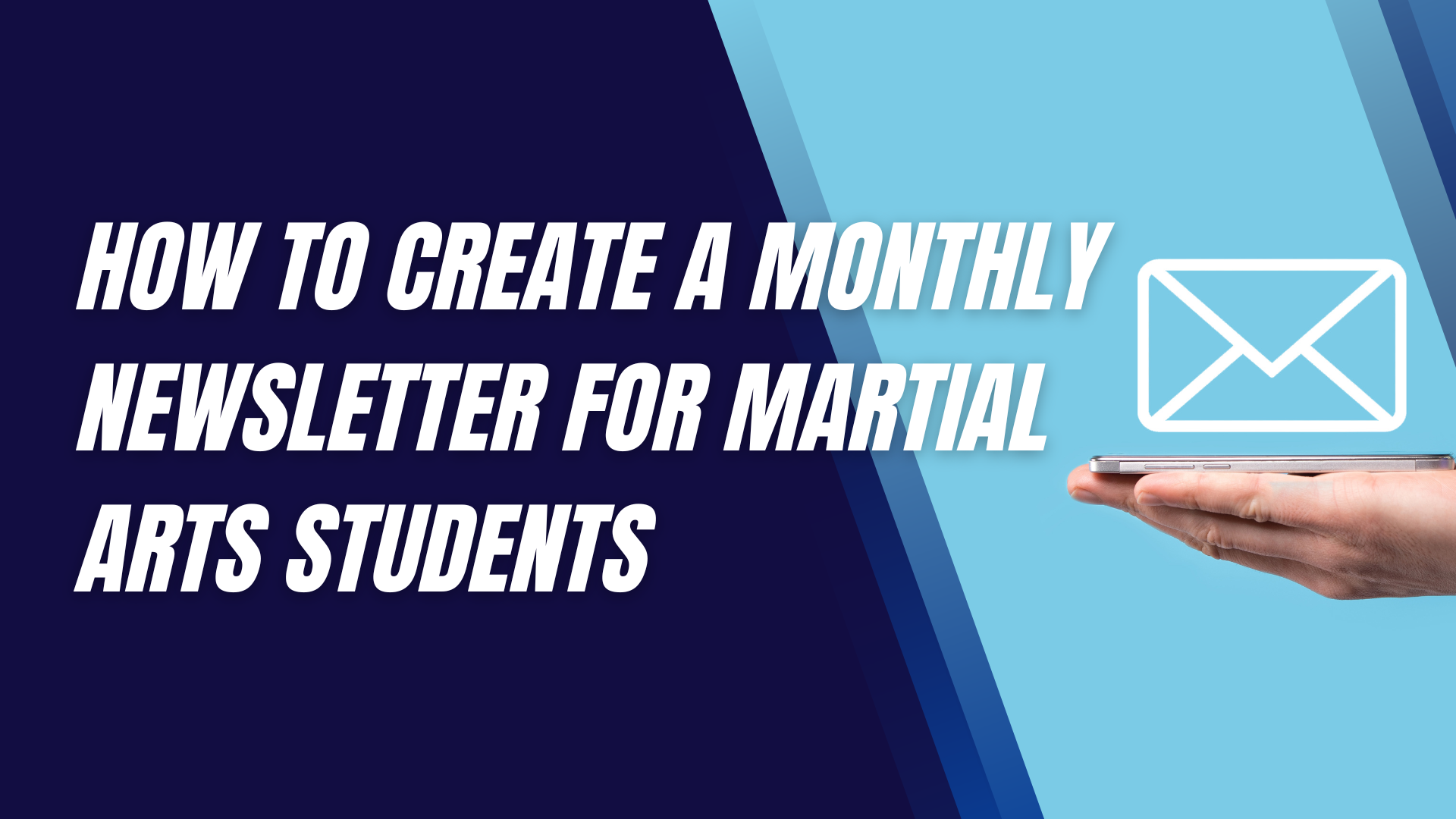How to Master Martial Arts Footwork for Striking and Grappling
Footwork is the unsung hero of martial arts.
Whether you're throwing a punch, setting up a takedown, or trying to avoid a strike, your feet are doing more work than you might realize. Mastering footwork can be the difference between a powerful strike and a missed opportunity, or between a successful takedown and being sprawled on the mat. In this article, we’ll dive deep into the art of footwork, exploring its crucial role in both striking and grappling, and provide you with practical steps to refine your movements.
Understanding the Basics of Martial Arts Footwork
Before we jump into specific techniques, let’s establish what we mean by footwork. In martial arts, footwork refers to the movement of your feet and legs to position your body for attack, defense, or evasion. Effective footwork ensures you maintain balance, generate power, and stay out of your opponent’s range. While the principles of footwork remain consistent across striking and grappling, the application varies depending on the situation.
The Foundation: Stance and Balance
Everything starts with a good stance. Your stance is the platform from which all movement originates. A solid stance provides balance and allows for quick adjustments. Whether you’re in an orthodox stance (left foot forward) or a southpaw stance (right foot forward), maintaining the right balance is crucial. If your weight is distributed too heavily on one leg, you’ll be slower to react, which can be disastrous in a fast-paced fight.
To improve your balance, practice shifting your weight from one foot to the other while maintaining your stance. Simple drills, like standing on one leg or using a balance board, can greatly enhance your stability.
Footwork for Striking
In striking, footwork is all about mobility. You need to move quickly in and out of range, position yourself at the right angle, and generate power from your legs up through your punches and kicks. Techniques like the step-and-slide, where you move your lead foot first and drag the rear foot behind, help you maintain balance while moving. Pivoting is another essential skill, allowing you to change angles rapidly and avoid your opponent’s strikes.
Closing the distance effectively is another critical aspect of striking footwork. If you’re too far away, your strikes won’t land with full power, but if you’re too close, you risk getting countered. Drills that focus on moving in and out, combined with shadowboxing, can sharpen your ability to control distance.
Footwork for Grappling
When it comes to grappling, footwork takes on a different role. Here, it's more about maintaining balance and positioning yourself to execute or defend against takedowns. Proper foot placement can make or break a takedown attempt. For instance, in wrestling, positioning your feet correctly can help you drive through your opponent or sprawl effectively to avoid a takedown.
In Brazilian Jiu-Jitsu, footwork is crucial for passing guard, maintaining top position, or setting up submissions. Moving in sync with your opponent, anticipating their movements, and adjusting your foot positioning accordingly are key skills. To improve grappling footwork, drills like shadow grappling or specific takedown exercises can be incredibly beneficial.
Common Mistakes and How to Avoid Them
Even experienced martial artists can fall into bad habits when it comes to footwork. One common mistake is overcommitting, which can lead to losing balance and getting countered. Another is being too stationary, which makes you an easy target. It’s also easy to misalign your feet with your target, leading to strikes that lack power or grappling attempts that fall short. Awareness and regular practice are key to correcting these mistakes.
Advanced Footwork Techniques
As you become more comfortable with basic footwork, you can start incorporating more advanced techniques. Switching stances, for instance, can throw your opponent off and open up new angles of attack. Feints and deceptive movements can make your opponent misjudge your intentions, allowing you to exploit openings. The key to advanced footwork is fluidity—being able to seamlessly transition between striking and grappling while maintaining balance and positioning.
Footwork in Different Martial Arts Disciplines
Different martial arts place varying emphasis on footwork. In boxing, for example, footwork is paramount to creating angles and avoiding punches. Muay Thai, on the other hand, combines footwork with the ability to deliver powerful kicks. Brazilian Jiu-Jitsu relies on precise foot positioning for control and submissions, while Judo and wrestling focus heavily on foot placement for throws and takedowns. Understanding these differences can help you adapt your footwork depending on the situation.
Training Tools and Equipment to Improve Footwork
Improving footwork isn’t just about practice—it’s also about using the right tools. Agility ladders are fantastic for building coordination and speed. Shadowboxing and shadow grappling allow you to focus on your footwork without the distraction of an opponent. Resistance bands and cones can be used to create drills that enhance strength, speed, and precision in your movements.
The Mental Aspect of Footwork
Footwork isn’t just physical—it’s mental too. Developing spatial awareness, or the ability to sense where you and your opponent are in relation to each other, is crucial. Timing and rhythm also play a big role, especially in striking. Staying calm and composed, even under pressure, allows you to move effectively and make the right decisions. Visualization techniques, where you mentally rehearse your footwork, can help solidify these skills.
Incorporating Footwork into Sparring
Practicing footwork in isolation is important, but you also need to incorporate it into live situations. Sparring is where your footwork really gets tested. Start by focusing on just one aspect of footwork during sparring sessions, such as maintaining balance or angling off after a strike. Over time, you can work on blending these elements together. Pay attention to your opponent’s movements and adjust your footwork accordingly.
Injury Prevention and Recovery
Footwork can be taxing on your feet and ankles, making injury prevention essential. Common injuries include sprains, strains, and stress fractures. To prevent these, incorporate stretching and strengthening exercises into your routine. Exercises like calf raises, ankle rotations, and toe curls can help strengthen the muscles and tendons in your feet. If you do get injured, proper rest and recovery are crucial to ensuring you don’t lose the progress you’ve made in your footwork training.
Case Studies: Footwork of Martial Arts Legends
To truly understand the importance of footwork, it helps to look at the greats. Muhammad Ali’s “float like a butterfly” style was a masterclass in footwork, allowing him to evade punches and create openings. Bruce Lee emphasized the importance of footwork in his teachings, advocating for fluid, adaptable movement. In grappling, Khabib Nurmagomedov’s footwork was key to his ability to control and dominate opponents on the ground. Studying these legends can provide valuable insights into what makes exceptional footwork.
Final Thoughts
Mastering martial arts footwork is a journey that requires
patience, practice, and attention to detail. Whether you’re striking or grappling, your footwork lays the foundation for everything you do. By understanding the basics, avoiding common mistakes, and continuously refining your technique, you can elevate your martial arts game to the next level. Remember, every step you take in
training brings you closer to mastery.
Interested in trying a martial arts class? Find an affiliated academy anywhere in the country by clicking here.
Have your own martial arts program? Get to know more about what we have to offer at Ground Standard Agency for helping martial arts businesses grow.
Email us at info@groundstandard.com, or call and text us at (732) 907-8920 today to learn how to start growing your own academy, school, dojo, or gym with us as well.
Share this article


